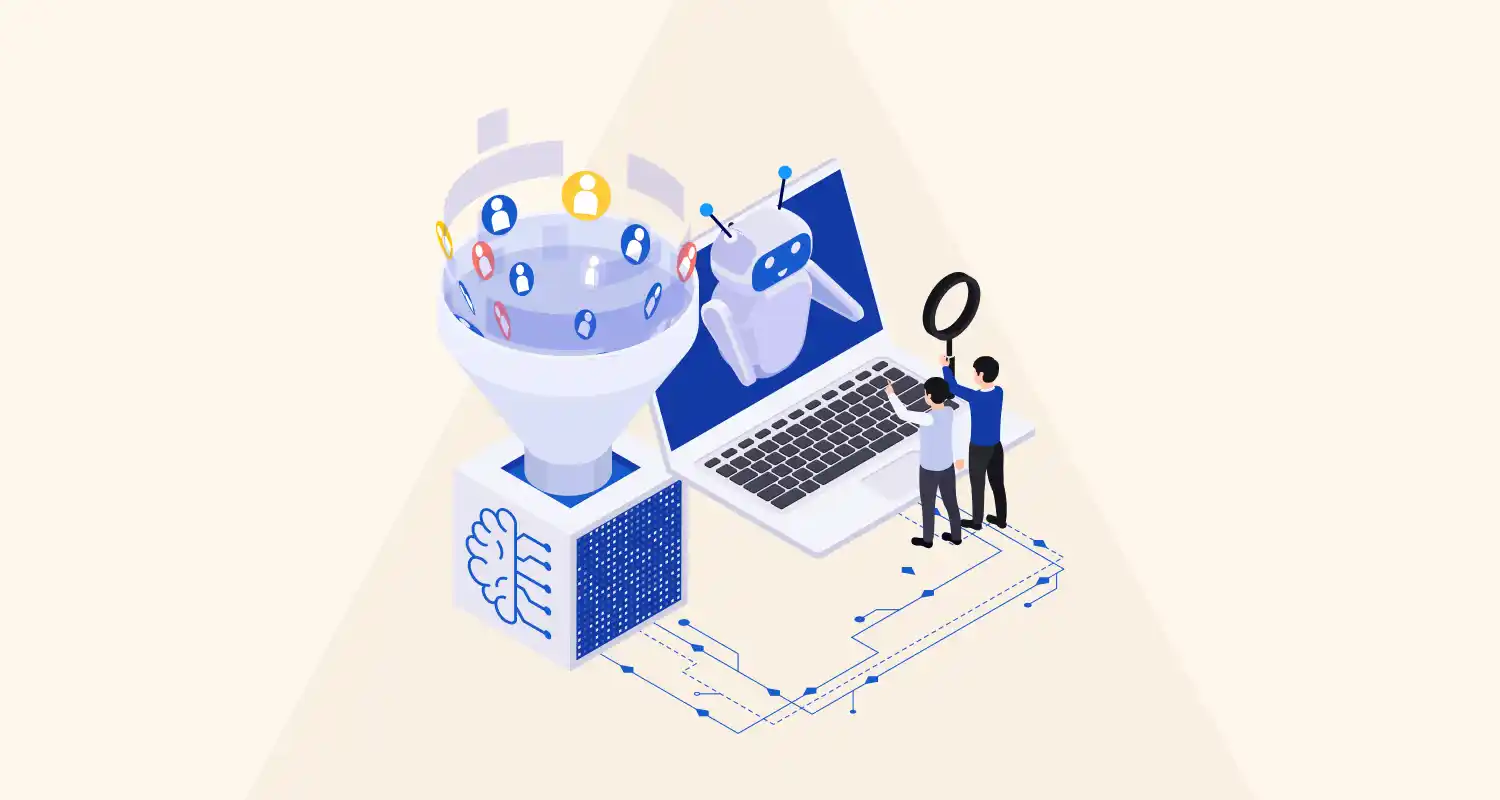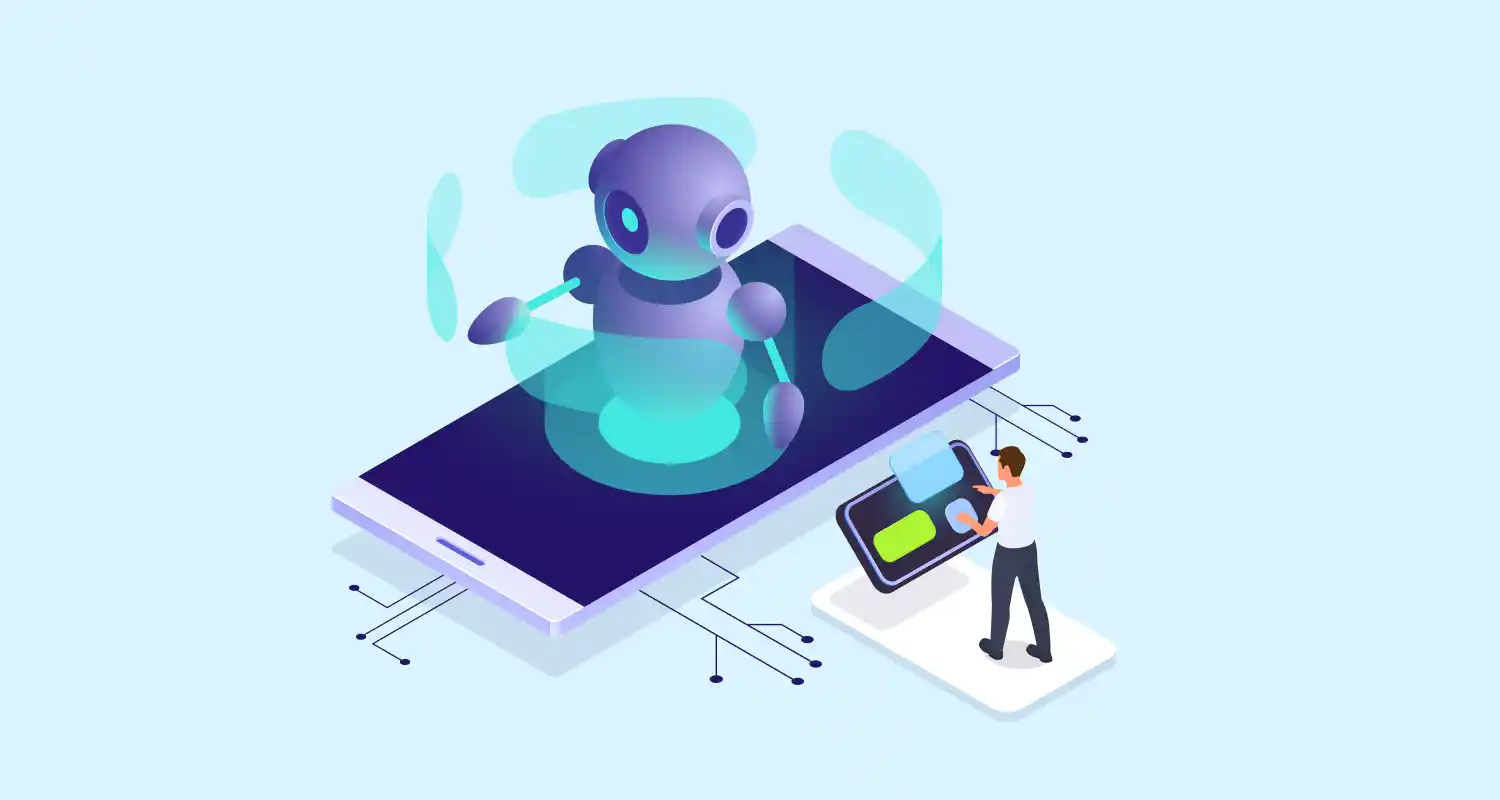In real-world AI applications, machine learning models can lose accuracy over time. This phenomenon is often caused by concept drift, a shift in the relationship between input features and target labels or performance degradation due to changes in data, user behavior, or external factors.
What Is Performance Degradation and Concept Drift?
Performance Degradation:
Occurs when a model’s accuracy or prediction quality declines after deployment, even if it worked well in training/testing.
Concept Drift:
Happens when the underlying patterns in data change over time. For example:
- A spam filter might degrade as spammers adapt.
- A recommendation engine might fail as user interests shift.
Types of Concept Drift:
| Type | Description |
| Sudden Drift | Immediate, sharp change in data patterns |
| Gradual Drift | Slow evolution in concept/data |
| Recurring Drift | Patterns change but return later (e.g., seasonal) |
Guide on How to Handle Concept Drift
- Monitor Model Performance:
- Use metrics like accuracy, F1-score, etc.
- Track changes over time.
- Detect Data/Concept Drift:
- Use tools like Evidently, River, or Alibi Detect.
- Check distribution of input features or predictions.
- Log and Compare Live Data:
- Store incoming data and compare it with training data.
- Trigger Alerts on Drift Detection:
- Set thresholds for acceptable drift levels.
- Retrain the Model:
- Use recent data to fine-tune or fully retrain the model.
- Automate Model Retraining:
- Set up a pipeline (CI/CD for ML) to retrain and redeploy when drift is detected.
Code Example – Detecting Drift Using Evidently
import pandas as pd
from sklearn.datasets import load_iris
from evidently.report import Report
from evidently.metric_preset import DataDriftPreset
# Step 1: Load historical (training) and live (incoming) data
iris = load_iris()
train_data = pd.DataFrame(iris.data, columns=iris.feature_names)
live_data = train_data.copy()
live_data.iloc[:50] += 0.7 # Simulate drift
# Step 2: Create a report to detect drift
report = Report(metrics=[DataDriftPreset()])
report.run(reference_data=train_data, current_data=live_data)
# Step 3: Save or view the report
report.save_html("concept_drift_report.html")
print("Drift report generated.")Output:
A full HTML report gives feature-wise drift statistics, p-values and visualization graphs.
Conclusion
Handling concept drift and performance degradation is critical to the long-term success of any AI system. Without it, your models can become outdated, inaccurate, or even harmful.
Key actions:
- Monitor live performance regularly
- Detect changes in data or prediction patterns
- Automate model retraining and deployment pipelines
- Use tools like Evidently, River, Seldon, or SageMaker Monitor
By proactively handling drift, you ensure that your AI software solutions remain relevant, accurate, and aligned with business goals.





